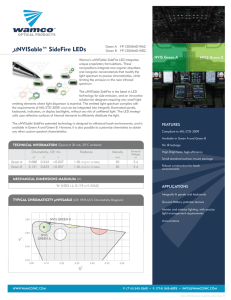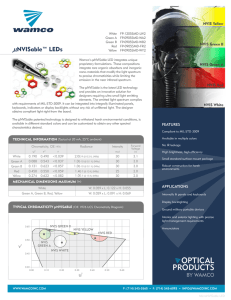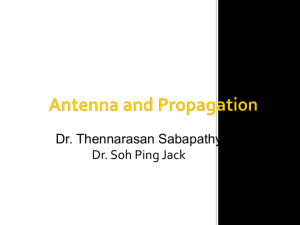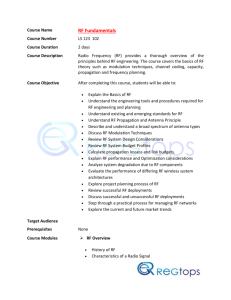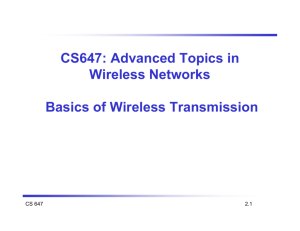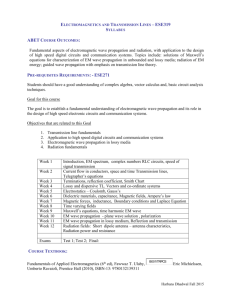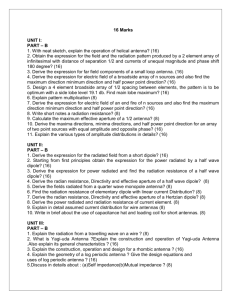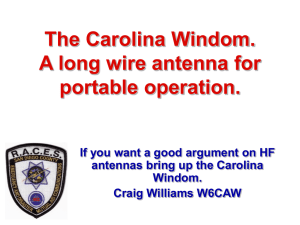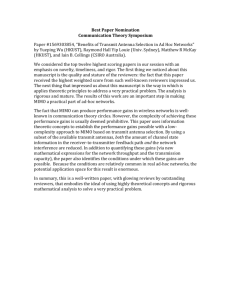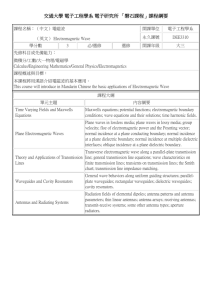THE CLOUD WARMER NVIS BEAM
advertisement
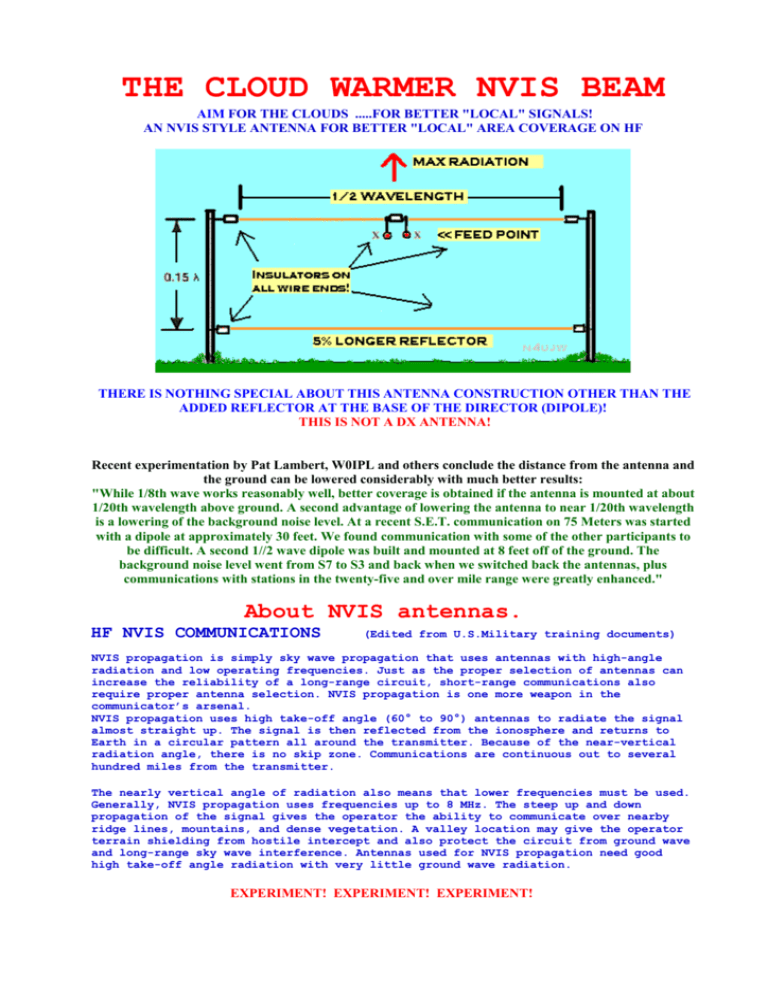
THE CLOUD WARMER NVIS BEAM AIM FOR THE CLOUDS .....FOR BETTER "LOCAL" SIGNALS! AN NVIS STYLE ANTENNA FOR BETTER "LOCAL" AREA COVERAGE ON HF THERE IS NOTHING SPECIAL ABOUT THIS ANTENNA CONSTRUCTION OTHER THAN THE ADDED REFLECTOR AT THE BASE OF THE DIRECTOR (DIPOLE)! THIS IS NOT A DX ANTENNA! Recent experimentation by Pat Lambert, W0IPL and others conclude the distance from the antenna and the ground can be lowered considerably with much better results: "While 1/8th wave works reasonably well, better coverage is obtained if the antenna is mounted at about 1/20th wavelength above ground. A second advantage of lowering the antenna to near 1/20th wavelength is a lowering of the background noise level. At a recent S.E.T. communication on 75 Meters was started with a dipole at approximately 30 feet. We found communication with some of the other participants to be difficult. A second 1//2 wave dipole was built and mounted at 8 feet off of the ground. The background noise level went from S7 to S3 and back when we switched back the antennas, plus communications with stations in the twenty-five and over mile range were greatly enhanced." About NVIS antennas. HF NVIS COMMUNICATIONS (Edited from U.S.Military training documents) NVIS propagation is simply sky wave propagation that uses antennas with high-angle radiation and low operating frequencies. Just as the proper selection of antennas can increase the reliability of a long-range circuit, short-range communications also require proper antenna selection. NVIS propagation is one more weapon in the communicator’s arsenal. NVIS propagation uses high take-off angle (60° to 90°) antennas to radiate the signal almost straight up. The signal is then reflected from the ionosphere and returns to Earth in a circular pattern all around the transmitter. Because of the near-vertical radiation angle, there is no skip zone. Communications are continuous out to several hundred miles from the transmitter. The nearly vertical angle of radiation also means that lower frequencies must be used. Generally, NVIS propagation uses frequencies up to 8 MHz. The steep up and down propagation of the signal gives the operator the ability to communicate over nearby ridge lines, mountains, and dense vegetation. A valley location may give the operator terrain shielding from hostile intercept and also protect the circuit from ground wave and long-range sky wave interference. Antennas used for NVIS propagation need good high take-off angle radiation with very little ground wave radiation. EXPERIMENT! EXPERIMENT! EXPERIMENT!
